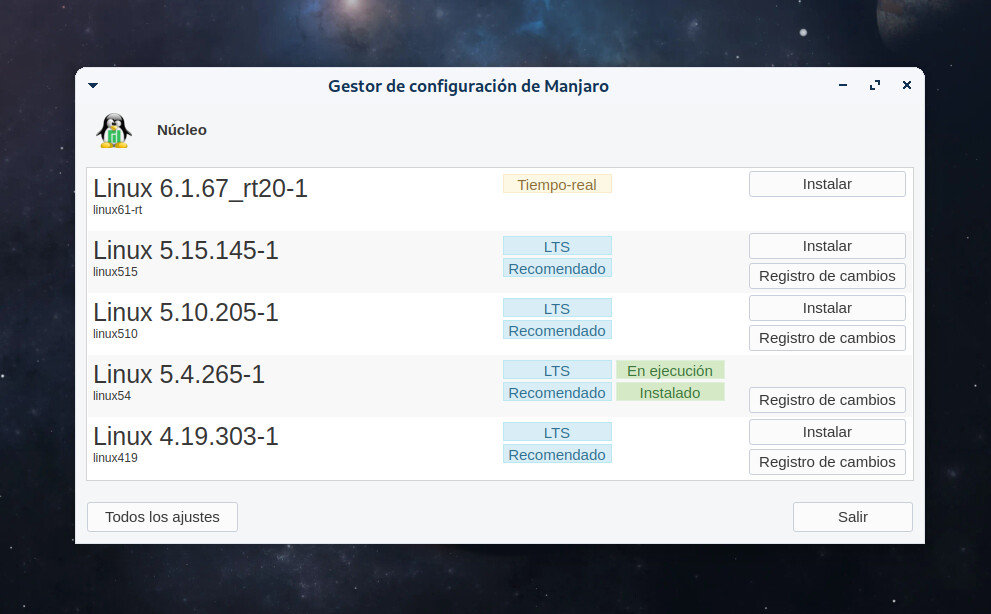Manjaro Linux has gained popularity for its user-friendly approach and robust performance. As technology advances, many users find themselves with older hardware that struggles to keep up with modern software demands. Understanding whether Manjaro can run efficiently on these older systems becomes crucial for users looking to breathe new life into their machines. This article explores Manjaro’s compatibility with older hardware, offering insights into its system requirements, installation process, and overall performance.
1. Understanding System Requirements
To determine if Manjaro can run on older hardware, it is essential to examine its system requirements. The minimum requirements for running Manjaro include a basic CPU, at least one gigabyte of RAM, and around 15 gigabytes of available storage space. For a smoother experience, two gigabytes of RAM and a dual-core processor are recommended. Comparing these requirements with other distributions shows that Manjaro strikes a balance between performance and accessibility. Many lightweight distributions require even fewer resources, making Manjaro a viable option for users who want a more feature-rich environment without overwhelming their hardware.
2. Choosing the Right Desktop Environment
The choice of desktop environment significantly affects performance on older hardware. Manjaro offers several desktop environments, including Xfce, KDE Plasma, and LXQt. Lightweight options like Xfce are particularly well-suited for older machines, providing a balance of functionality and low resource usage. Users can customize these environments to enhance performance further, such as reducing visual effects and disabling unnecessary services. By selecting a lightweight desktop environment, users can enjoy a responsive experience on systems that may struggle with heavier alternatives.
3. Installation Process on Older Hardware
Installing Manjaro on older hardware involves a straightforward process. Users can choose to download the appropriate ISO file and create a bootable USB drive. During installation, it is advisable to select lightweight options to ensure a smooth setup. Users may also consider using an installer that prioritizes compatibility with older systems. The installation process guides users through various configurations, allowing them to tailor their setup according to their hardware capabilities. By following the recommended steps, users can effectively install Manjaro on older machines without complications.
4. Performance Considerations
Once Manjaro is installed, users must focus on optimizing performance. Effective resource management becomes crucial in ensuring the system runs smoothly. Users can achieve this by limiting background applications, managing startup programs, and utilizing lightweight alternatives for resource-intensive software. Running applications designed for lower resource consumption can enhance performance significantly. Users are encouraged to explore lightweight versions of popular applications to minimize system strain while still achieving productivity.
5. Potential Challenges
While Manjaro is designed to be accessible, users may encounter challenges when running it on older hardware. Driver issues can arise, particularly with outdated graphics and network hardware. Resolving these issues often involves manually installing drivers or seeking support from community forums. Limited hardware support may also affect the installation of certain software packages. However, many users have found solutions through community-driven resources, showcasing the support available for troubleshooting.
6. User Experiences and Testimonials
User experiences provide valuable insights into running Manjaro on older hardware. Many users have successfully transformed their aging systems into functional machines, sharing their stories in forums and community discussions. These testimonials highlight various scenarios, from upgrading older laptops to revitalizing desktop PCs. The sense of community among Manjaro users fosters an environment where individuals share tips and solutions, making it easier for newcomers to navigate challenges.
7. Conclusion
Manjaro can run on older hardware, providing a viable option for users seeking to extend the life of their systems. By understanding system requirements, selecting lightweight desktop environments, and optimizing performance, users can enjoy a responsive experience. The community support available further enhances the usability of Manjaro on older machines, making it a recommended choice for those looking to embrace Linux.

